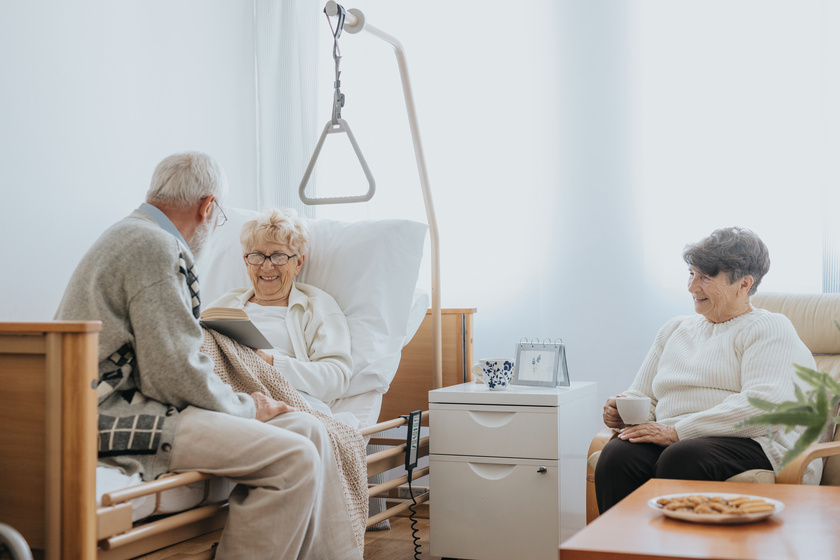From Bed to Chair: Why Everyday Movements Matter for Fall Prevention
When most people think about fall prevention, they imagine balance drills, strength exercises, or avoiding slippery surfaces. While those are important, there’s something even more telling: how you move through everyday transitions.
Getting out of bed, standing up from a chair, or bending to pick something up may not seem like a big deal—but difficulty with these basic movements can be one of the earliest signs of fall risk.
Why Transitions Matter
Transitions (like moving from sitting to standing, or lying down to sitting) are when most falls happen. Why? Because they challenge multiple systems at once:
- Strength (to push up and stabilize)
- Balance (to stay upright as weight shifts)
- Coordination (to sequence the movement correctly)
- Brain function (to react quickly if something feels off)
If any of these systems are weak, transitions become harder—and your risk of tripping, wobbling, or losing control increases.
Common Everyday Movements That Signal Fall Risk
Pay attention to these red flags:
- Needing to use both arms to push out of a chair
- Struggling to roll over in bed or sit up without assistance
- Losing balance when bending to pick something up
- Feeling dizzy or unsteady when standing up quickly
- Avoiding certain movements altogether due to fear
These may seem minor, but they often point to underlying strength or balance deficits that can lead to bigger issues.
How Physical Therapy Improves Everyday Movement
At Synaptic Rehabilitation, we focus on functional training—making the movements you do every day easier and safer.
Sit-to-Stand Training
We help patients practice safe techniques for getting out of chairs without strain—while building leg and core strength.
Bed Mobility Exercises
Rolling, scooting, and sitting up are broken down into manageable steps, so you can move more comfortably and independently.
Posture & Core Training
A stronger core means better stability during transitions and less risk of falls.
Balance Retraining
We simulate real-world challenges (like standing up and walking while holding an object) so your body and brain learn to handle them safely.
Customized Home Programs
We design simple exercises you can practice at home—like repeated sit-to-stands or controlled bending—that translate directly to safer daily living.
Small Adjustments at Home Can Help Too
Alongside therapy, you can make transitions safer by:
- Adding sturdy armrests to chairs for support
- Placing a bed rail if sitting up is difficult
- Using non-slip mats near the bed and bathroom
- Keeping commonly used items within easy reach
- Standing up slowly to allow your body to adjust
Related: How to Stay on Your Feet: 5 Proven Ways to Prevent Falls at Home
Independence Starts with Small Movements
It’s easy to overlook everyday transitions, but they’re the foundation of mobility. When you can move confidently from bed to chair, chair to stand, or stand to walk, you protect your independence—and reduce your risk of falling.
Strengthen Your Everyday Movements with Expert Help
At Synaptic Rehabilitation in Bridgewater, NJ, we specialize in fall prevention and functional movement training. Our therapists will help you regain the strength, balance, and confidence you need to move safely through your day.
📍 1200 Route 22 East, Suite 4, Bridgewater, NJ 08807
📞 Call: 908-801-6425
🌐 Schedule your consultation
Steven Cheung, DPT
Steven is the founder and lead physical therapist at SYNAPTIC Rehabilitation. He earned a BS in Exercise Science Applied Kinesiology from Rutgers University in New Brunswick, NJ and his Doctorate degree from American International College in Springfield, MA. Steven specializes in movement disorders such as Parkinson’s disease and many other neurological disorders. Outside of practicing physical therapy Steven enjoys time with his wife, running, and staying active.

